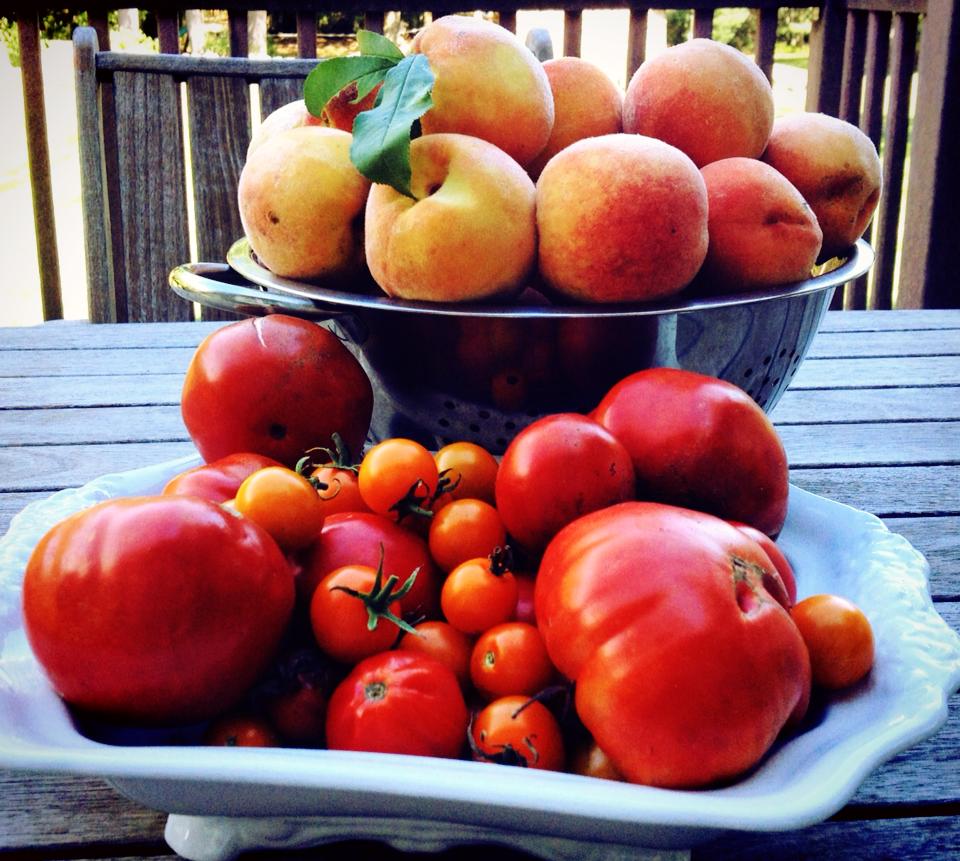Cold frame gardening
/Here in my little town, we don't get our garbage picked up.
Instead, you get to pay $25 for a sticker, and you can take anything you want to the transfer station and drop it off yourself. As long as you've separated out your recyclables. Don't mix aluminum and steel. Your plastic goes over here. And if you put a colored glass bottle into the clear glass container, you most certainly will get the evil eye and a "Elizabeth Warren Disapproves" bumper sticker slapped on your car while you're not looking by one of the Boy Scout/High School Volleyball Team/Middle School Band/League of Conservationists who are staked out near the gently-used motor oil drop off selling Oranges/Wrapping Paper/Cookies/Just Put Your Money In This Bucket Mister.
Despite the gauntlet of disapproval-potential that I run every time, I enjoy my trips up to the transfer station. I throw the week's garbage, cans and bottles into the back of my old truck, and I head up. It's a bit of a social scene, and you never know who you're going to run into. Forget the garbage. It's all about the Swap Shed.
Despite having dropped off some pretty good, perfectly usable stuff that I really needed to get out of my basement (including a small-ish table saw, a full component stereo system and speakers, lots of clean kids toys, and multiple sets of breakfast room chairs) I don't have great Swap Shed luck. Friends of ours will find antique glass brewing carboys, new skis, and other treasures. Mostly, I find old push mowers, a warped particle board bathroom vanity, and maybe a wobbly office chair with a suspicious stain.
Earlier this spring, though, I spotted a few old 8-light wooden framed windows. I snatched them up before others saw them, and tucked them away in my barn over the summer. They were the perfect ingredient to build a cold frame for my garden.
I picked up a couple of pair of long, dual pane windows to make the sides later in the summer from an architectural salvage place, and with summer winding down, I cleaned up one side of the sunniest of my raised beds, and started putting together my cold frame.
A cold frame is just a mini-green house. I wanted to hinge the windows both for access and to be able to adjust how much air & heat the plants got. The windows were framed to tilt up on either end, and spaced so that the whole frame covered about a third of my 8' x 16' garden, and let me extend the growing season into the cooler months approaching, plus start some of my plants a bit earlier in the spring time.
The windows tilt up from the outside, and let the air circulate. I took a break and my Bride wandered out to check up on me.
"That looks great, sweetheart. But why did you do it wrong?"
"Than- Wait. What?"
"I mean. Shouldn't it be tilted to let the snow and rain slide off better?"
"Well. Yeah. You could do it that way."
"And wouldn't it be easier to access things on the inside if the hinges were in the middle, so you weren't reaching across the whole thing?"
"..."
"But it looks good. For being wrong."
I'd write the rest of that conversation, but it mostly consisted of some single-digit hand gestures and muttered swearing.
OK. This was better, I admit.
The angle isn't too huge, but it's easy enough now to walk around and reach in. And the windows capture and retain the heat enough to keep it a nice balmy temp on the inside and keep the frost out, even as we experience the first frosty days of autumn. (I left a couple of pepper plants limping along inside, just to judge how it held up.
I gave the whole thing a coat of white exterior paint to protect it a bit, and filled in the gaps with a thick 0.7 mil plastic. The pairs of windows aren't really all the same size, so there's a little bit of tilt and step-angling in I had to do to make the whole thing square, but it rests on some 1" x 6" pressure treated lumber, and is remarkably rigid, considering.
The whole thing is mobile - in the spring, I'll start plants in here, and then move it aside or up to the loft in the barn as the weather warms. But this will let me get a last crop of salad greens in through November or even the first part of December, depending on how the weather holds.
I have started some late arugula and spinach inside, and things are looking good for a fall bounty of greens
So bring it on, winter. We're ready for you.
Best swap shed find yet, I'm telling you.
















